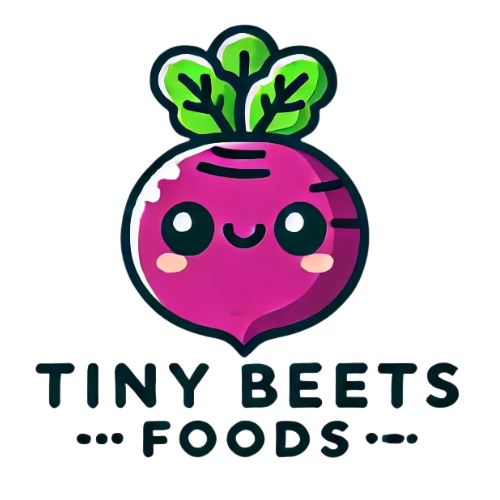
Watching your little one grow is a beautiful journey, but it also comes with its fair share of challenges—especially when it comes to mealtime. If your toddler refuses to try new foods, you're not alone! Many parents experience this phase, often known as food neophobia. Understanding why this happens and how to navigate it can make mealtime less stressful and more enjoyable for both you and your child.
Why Is My Toddler Rejecting New Food?
You might notice that your child is more than happy to explore the world by putting anything and everything in their mouth—except, of course, the new foods you’re trying to introduce! This curiosity-driven phase typically lasts from 12 to 18 months. After this, toddlers may develop food neophobia—the fear of trying unfamiliar foods.
Scientists believe that food neophobia is an evolutionary response designed to prevent humans from consuming harmful substances. While this instinct may have been useful for our ancestors, it can make mealtime tricky today!
It’s important to remember that this phase is completely normal. However, how you respond to your toddler’s reluctance can influence their long-term relationship with food. Constantly offering preferred alternatives when they reject new food may reinforce picky eating habits. Instead, patience and creative strategies can help them become more adventurous eaters over time.
Tips On How To Get Your Toddler To Try New Food
While food neophobia can be frustrating, there are plenty of ways to gently encourage your toddler to explore new flavours without forcing them. Here are some effective strategies:
1. Lead by Example
Toddlers are great imitators! If they see you enthusiastically enjoying a new food, they may be more likely to give it a try. Sit down together for meals and make a big deal out of how delicious your food is.
2. Make It Fun
Turning mealtime into a game can help make new foods more appealing. Try a “build-your-own” meal night, such as tacos, smoothie bowls, or pizza, where they can add their own toppings. You can also use fun names—think “superpower broccoli” or “rocket ship carrots” to spark their curiosity.
3. Pair New Foods with Familiar Favourites
Instead of serving a new food on its own, try adding it to something they already enjoy. Mix finely grated veggies into pasta sauce, blend spinach into a smoothie, or sprinkle cheese over roasted vegetables. Familiarity makes new foods feel less intimidating.
4. Keep Offering, Without Pressure
Even if your toddler refuses a new food once, that doesn’t mean they never will eat it. It can take 10-15 exposures before they’re willing to try something! Keep offering small portions without pressure. If they refuse, simply try again another day.
5. Encourage Exploration, Not Just Eating
Not every food interaction has to end with eating. Let them touch, smell, or lick a new food first. Sometimes, just getting comfortable with a new texture or colour is a step in the right direction.
In Conclusion

Mealtime challenges are a normal part of toddlerhood, and food neophobia is just a phase. With patience, persistence, and creativity, you can help your little one develop a more adventurous palate. By leading by example, making food fun, and offering new foods in a stress-free way, you’re setting the stage for a lifetime of healthy eating habits.
Remember, every small step counts—so celebrate the victories, even if it's just a tiny bite today!

